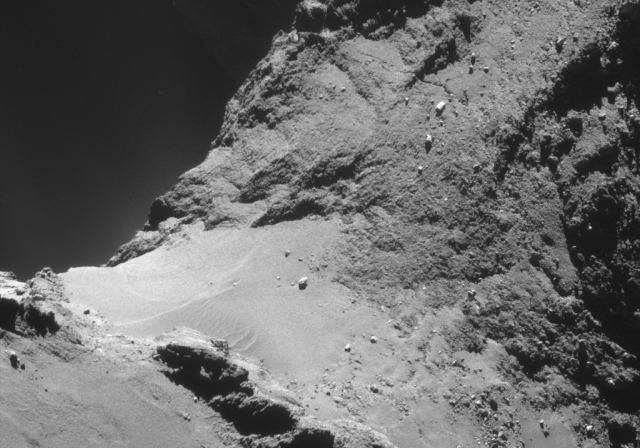Chinese lunar mission launches
The competition heats up: The Chinese have launched their next lunar mission, a fly-by around the Moon to test their return-to-Earth engineering in anticipation of a future sample return mission.
Chang’e 5-T1, one of the test models for Chang’e-5, was developed using a Chang’e 2 type spacecraft (acting like a service module) featuring the Chang’e-5 return capsule. This return capsule is very similar to the Shenzhou manned return technology, so it is assumed that it was developed using the Shenzhou as a baseline model. The service module will be used for trajectory corrections, power supply using two solar panels and batteries, along with telemetry and commands transmission to and from the control center.
Following launch, Chang’e 5-T1 will be injected into a lunar free-return orbit, loop behind the Moon once and return to Earth to test the high speed atmospheric reentry of a capsule returning from the translunar voyage at 11.2 km/s.
This launch marks the start of this nine day mission. Stay tuned for updates.
The competition heats up: The Chinese have launched their next lunar mission, a fly-by around the Moon to test their return-to-Earth engineering in anticipation of a future sample return mission.
Chang’e 5-T1, one of the test models for Chang’e-5, was developed using a Chang’e 2 type spacecraft (acting like a service module) featuring the Chang’e-5 return capsule. This return capsule is very similar to the Shenzhou manned return technology, so it is assumed that it was developed using the Shenzhou as a baseline model. The service module will be used for trajectory corrections, power supply using two solar panels and batteries, along with telemetry and commands transmission to and from the control center.
Following launch, Chang’e 5-T1 will be injected into a lunar free-return orbit, loop behind the Moon once and return to Earth to test the high speed atmospheric reentry of a capsule returning from the translunar voyage at 11.2 km/s.
This launch marks the start of this nine day mission. Stay tuned for updates.


